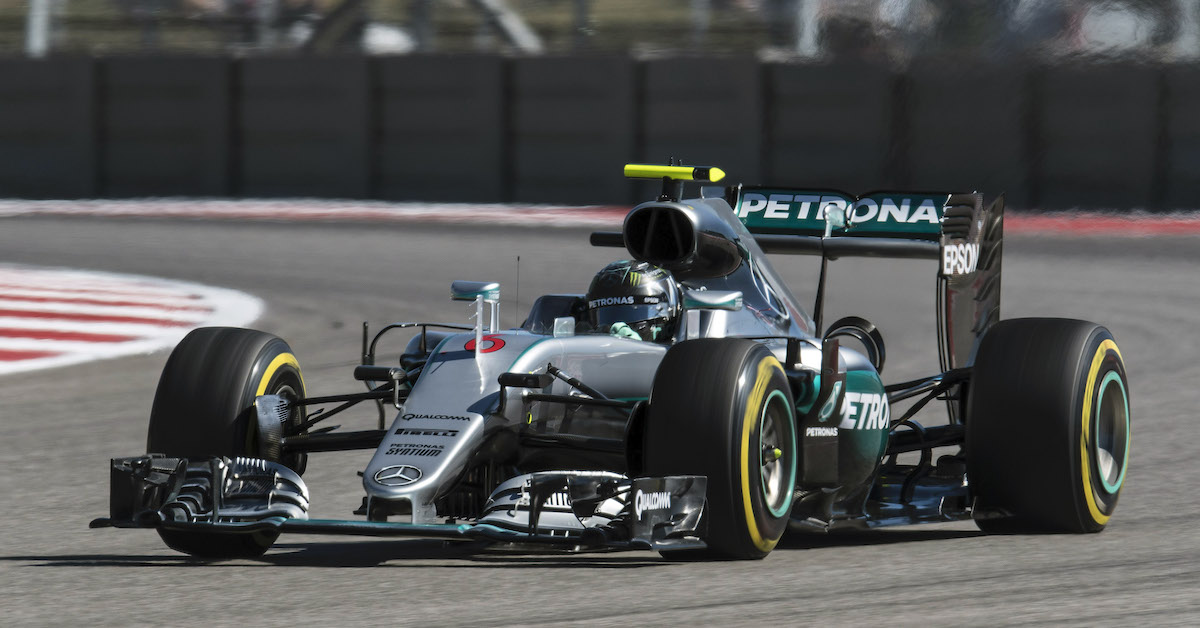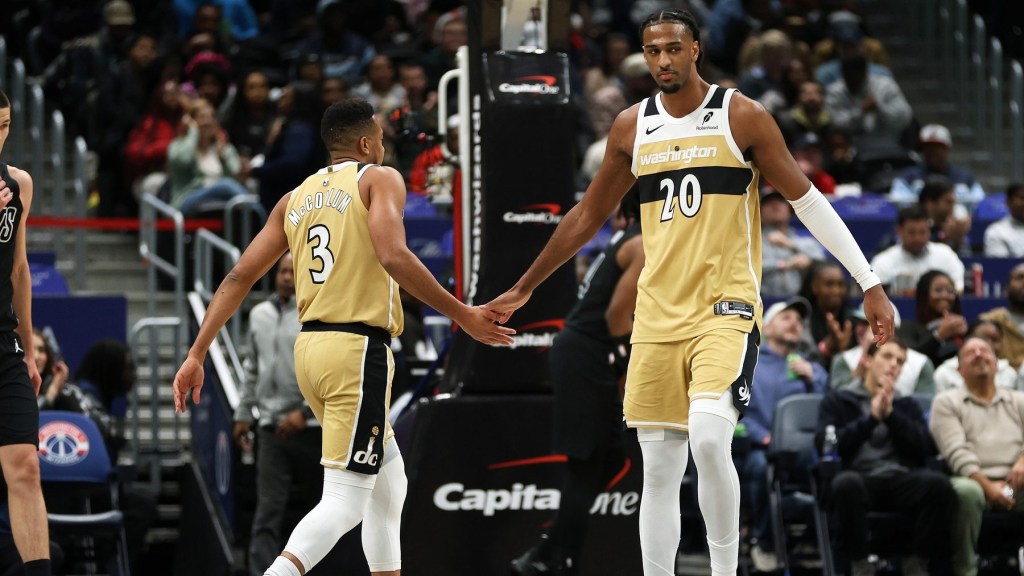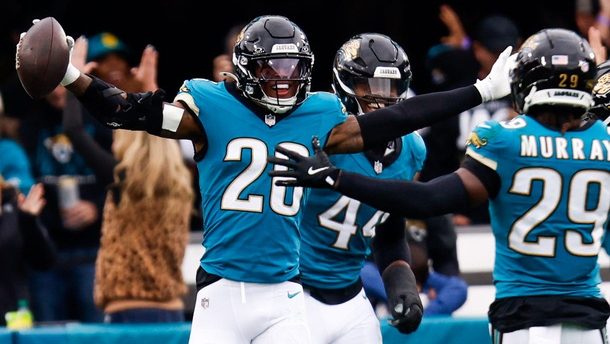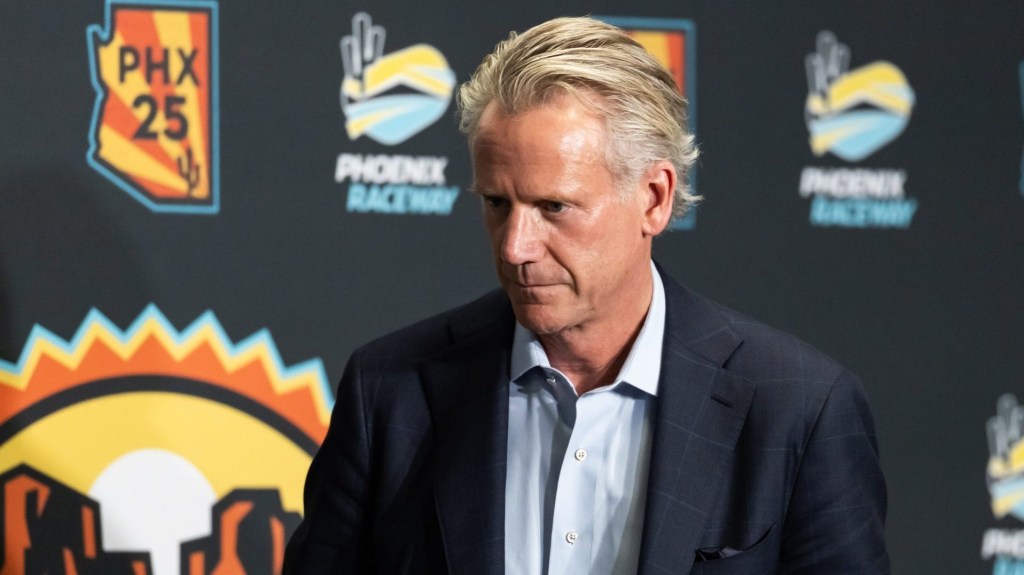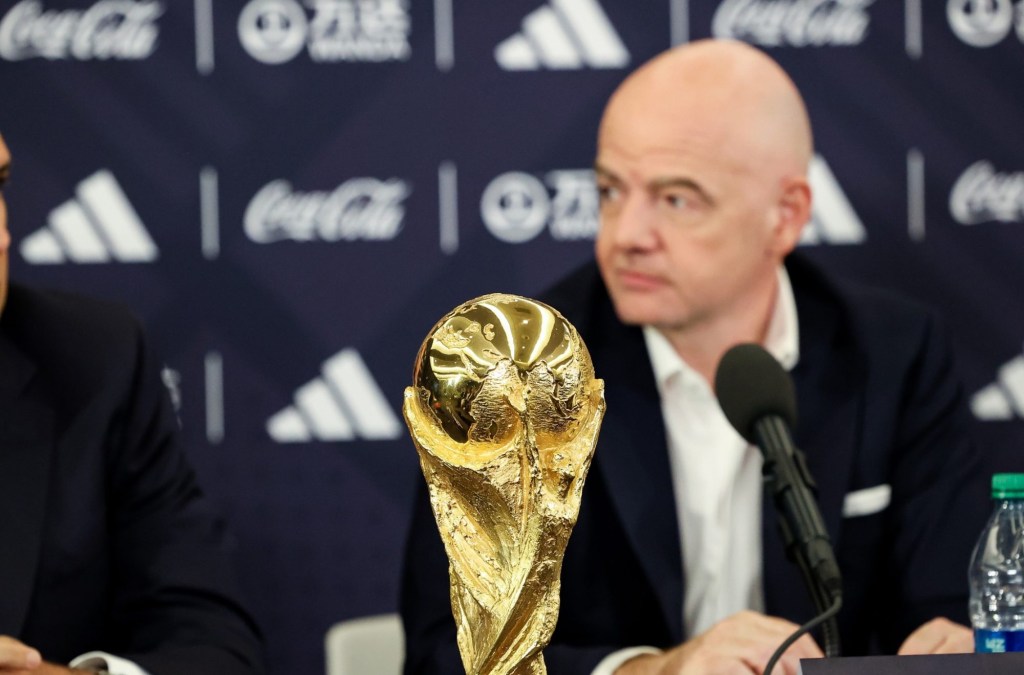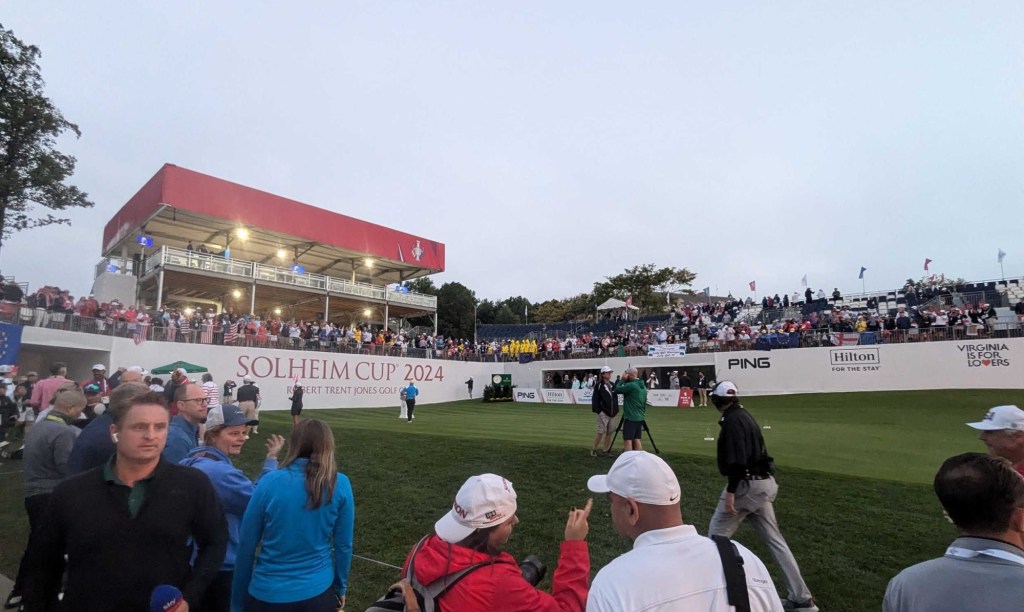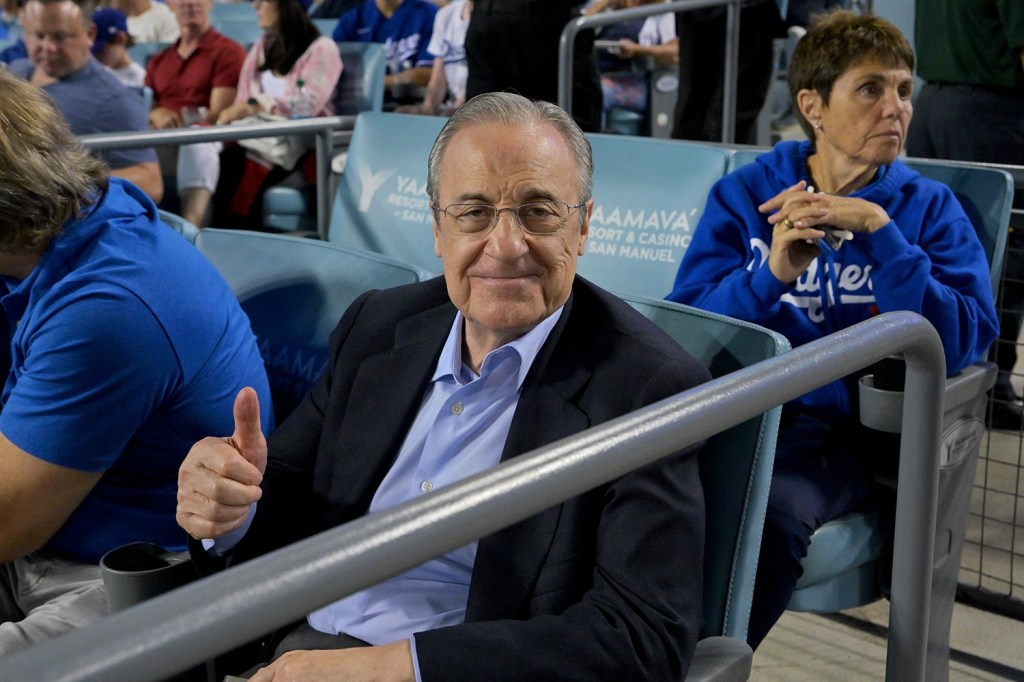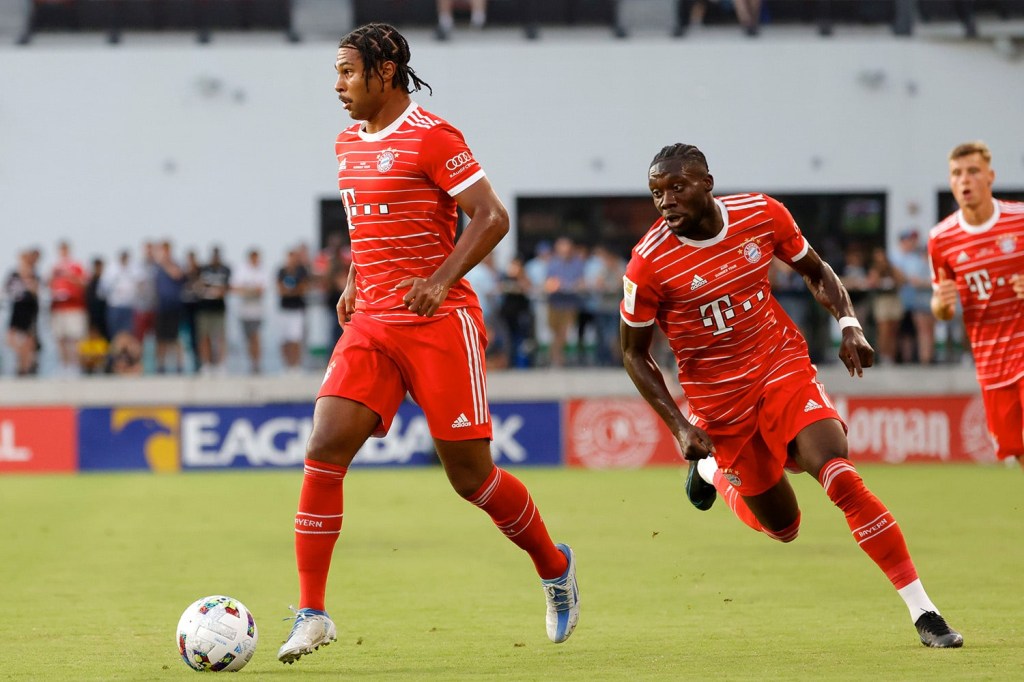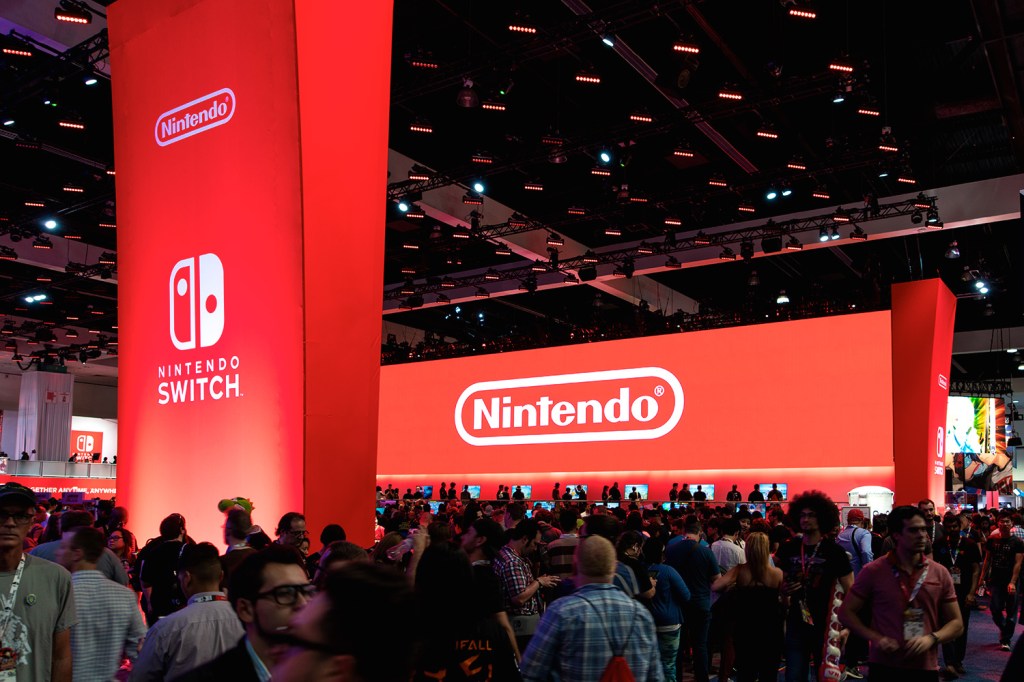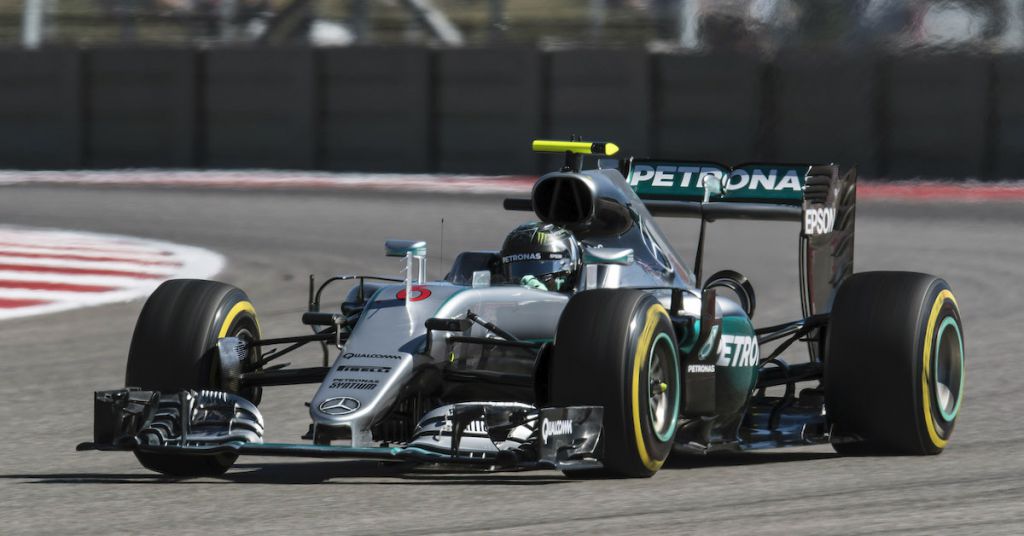
Formula 1 has made its presence felt in the U.S. in the lead up to this year’s U.S. Grand Prix.
On October 29, the circuit held the F1 Hollywood Festival in Los Angeles, while drivers put on a live show in Hollywood, including burnouts and stunt displays. It was the third festival in the U.S., following events in Miami and Chicago earlier in the year.
”Los Angeles is an iconic city, known for all-things showbiz and we are extremely excited to be adding F1 to the Walk of Fame, as we take over Hollywood Blvd. for the first time,” Formula 1 Managing Director of Commercial Operations Sean Bratches said. “It’s very important that fans get to experience F1 in city centers and that we showcase what Formula 1 has to offer to the U.S. market.”
The week of U.S. Formula 1 action continues in Austin, Texas, with the U.S. Grand Prix, airing November 3 on ABC.
Formula 1 is popular globally – races in 21 countries and more than 500 million fans – and more than $30 billion in sponsorships, according to Forbes, but it has struggled historically in the U.S. going against NASCAR and IndyCar.
Eddie Gossage, president of Texas Motor Speedway where the U.S. Grand Prix is held, expressed displeasure on a recent Autoweek Podcast that the Grand Prix is being held the same day as the Monster Energy NASCAR Cup Series AAA Texas 500 in Fort Worth.
“There’s very little competition between NASCAR and Formula 1, but there is some, and I think it’s an absolute insult, lack of respect, lack of professionalism on the part of Formula 1 to schedule a race on the very same day, three hours away from a NASCAR Cup race,” Gossage said.
The lack of Formula 1 attention in the U.S. could be trending in a different direction.
The U.S. Grand Prix broadcast is coming on the heels of the largest U.S. audience for the Mexican Grand Prix on October 27 on ABC, which capped a long trend of U.S. audience growth on ESPN networks. Through Formula 1’s 18 races this season, the average viewership is 671,000, up 19% over last season’s average and 24% from NBC’s viewership in 2017.
According to ESPN, Mexico’s race had an average audience of 850,000 viewers, up 11% from last year. It peaked with more than 1 million viewers when driver Lewis Hamilton won his 10th race of the year. It was the third-largest of the season, behind the Canadian Grand Prix and the Monaco Grand Prix, on ABC and ESPN respectively.
The growth in viewership could indicate the racing circuit’s efforts of growing a larger U.S. fanbase is working, which CNBC reported on in the summer of 2018.
Part of the U.S. growth was the announcement of a potential second race in Miami beginning in 2021, and the idea another U.S.-based race could start within the next two to three years. The U.S. efforts are likely a priority under the relatively new ownership of U.S.-based Liberty Media, which bought the entity for $4.6 billion in 2017.
In March, Liberty Media released an F1 documentary “Drive to Survive” on Netflix and a follow-up is in the works. An Austin American Statesman story recently reported a 15% increase of Grand Prix tickets over last year and cited the Netflix series as a major driver of the sales.
American Drivers
Part of the struggle in the U.S. could be the lack of a U.S. driver to root for. An American hasn’t raced steadily in the circuit since Scott Speed in 2007 and the last to win was Mario Andretti at the 1978 Dutch Grand Prix.
Even the U.S.-based team, Haas F1, doesn’t have a U.S. driver.
Yves Baltas hopes to change that. Baltas first tested a formula car at 13 during a downpour in Wales. As waves crashed into the track from the Irish Sea, the young driver gave some indication he might be able to provide Formula 1 with a fresh American face.
Now, 17, Baltas has finished three professional seasons and hopes to hit Formula 1 within three years.
With no full-time American Formula 1 driver in 15 years, Baltas sees massive opportunity as he approaches his dream. Formula 1 makes a stop in the U.S., with the United States Grand Prix.
“When F1 drivers race in their home country, there is massive support and exposure,” Baltas said. “Countries love supporting their drivers.”
That could also make Baltas could be a sponsor’s dream, especially if he would be able to stick among the sport’s top drivers – only 20 race on the circuit. Even Baltas believes the value is there, in part because the U.S. sponsorship market is relatively untouched.
“There’s a massive opportunity for sponsorship both in the U.S. and globally,” Baltas said. “F1 has amazing audience numbers and great demographics with high income and passionate fans.”
READ MORE: Formula E Brings A Mission of Sustainability To Racing
As he looks to bridge the gap into the top circuit, he hopes to hit sponsor segments like travel and hospitality, food and beverage, technology, auto parts, media, apparel, finance, and other luxury brands.
As Baltas continues to jump from one racing series – he raced part of the year in the 2019 Formula Renault Eurocup – to the next seeking the best opportunities to reach his ultimate goal and staying in peak physical and mental condition, he’ll keep his eye on the business side too.
Liberty Media is making in-roads with its Formula 1 marketing in the U.S., but without an American face to push, it could be hard to compete against American race circuits. Baltas sees a major opportunity in helping grow the sport in the U.S. with his American roots and potential sponsor appeal – especially if Formula 1 continues to add American events.
“My goal is to see this through,” Baltas said. “When I first went out there, I was confused why I was the only American. Now I love showing off the flag. No one expects an American to be out there.”
